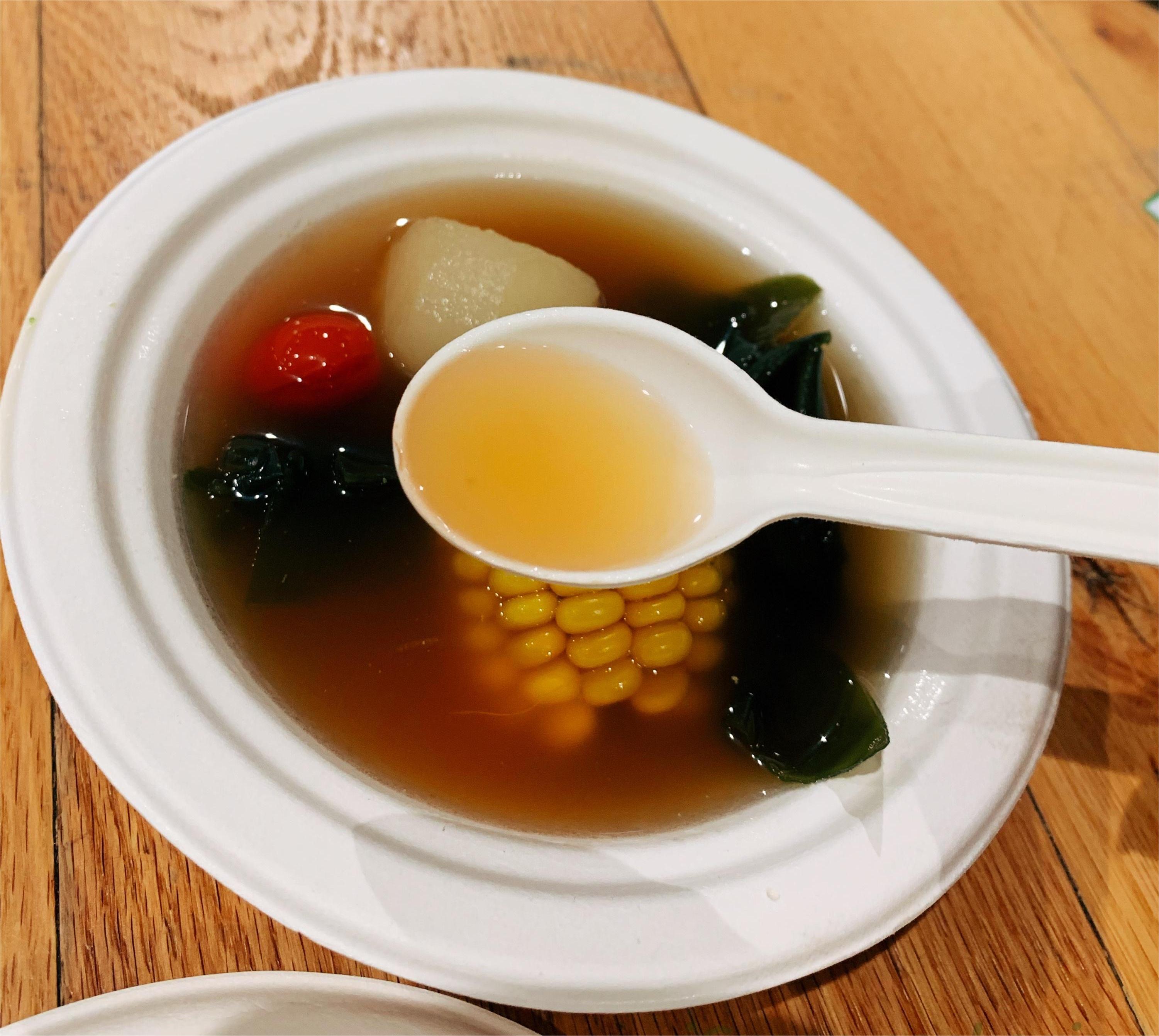
In recent years, the world has witnessed a significant shift towards sustainable living, with individuals and businesses alike seeking eco-friendly alternatives to traditional products. One such innovation that has gained momentum is bagasse cutlery. Derived from sugarcane fiber, bagasse cutlery represents a sustainable solution to single-use plastic utensils, offering a biodegradable and renewable alternative. Let's delve into the development journey of bagasse cutlery and explore its environmental benefits and growing popularity.

Origins of Bagasse Cutlery:
Bagasse, the fibrous residue left behind after extracting juice from sugarcane, was traditionally considered a waste product in the sugar industry. However, with increasing environmental consciousness, researchers and entrepreneurs began exploring ways to repurpose this abundant agricultural by-product. Thus, bagasse cutlery emerged as a sustainable solution to minimize waste and reduce reliance on non-biodegradable materials like plastic.
Manufacturing Process:
The manufacturing process of bagasse cutlery involves several stages. First, the raw bagasse undergoes pulping, where it is broken down into fibers using water and heat. Next, the pulp is molded into various utensil shapes using molds and presses. Finally, the molded utensils are dried and packaged for distribution.
Environmental Benefits:
- Biodegradability: Unlike plastic utensils that can persist in the environment for hundreds of years, bagasse cutlery is fully biodegradable. When disposed of, it decomposes naturally within a few months, returning to the earth without leaving harmful residues.
- Renewable Resource: Sugarcane is a rapidly renewable resource, with crops replenished annually through cultivation. By utilizing bagasse to manufacture cutlery, we reduce the need for fossil fuel-based materials and minimize the environmental impact of harvesting.
- Carbon Sequestration: Sugarcane plants absorb carbon dioxide from the atmosphere as they grow, contributing to carbon sequestration. By utilizing bagasse cutlery, we indirectly support carbon capture efforts and mitigate climate change.
Growing Popularity:
The growing awareness of environmental issues and the detrimental effects of plastic pollution have propelled the demand for sustainable alternatives like bagasse cutlery. Restaurants, cafeterias, event planners, and individuals are increasingly adopting these eco-friendly utensils as part of their commitment to sustainability. Moreover, governments and regulatory bodies are implementing policies to restrict the use of single-use plastics, further driving the market for biodegradable alternatives.
Future Outlook:
As the global community continues to prioritize sustainability, the future looks promising for bagasse cutlery. Continued research and innovation in manufacturing processes will likely lead to improvements in product quality, affordability, and availability. Additionally, collaborations between industry stakeholders, policymakers, and environmental organizations can foster a supportive ecosystem for the widespread adoption of eco-friendly alternatives.
In conclusion, the development of bagasse cutlery exemplifies the power of innovation in addressing environmental challenges. By harnessing renewable resources and embracing biodegradable materials, we can pave the way towards a more sustainable future. Let's embrace the journey towards greener living and make conscious choices that benefit both the planet and future generations.
Related reading
- In recent years, the world has witnessed a significant shift towards sustainable living, with individuals and businesses alike seeking eco-friendly alternatives to traditional products. One such innovation that has gained momentum is bagasse cutlery.
IGreen Delivery Records-- Shipment to Hong Kong
21,FEB,2022New Study Shows Plastic Pollution Could Worsen Allergies and Diabetes
10,DEC,20219 Years Left To Save Planet From Irreversible Plastic Waste Crisis, Experts Warn
26,Nov,2021Shipment of Machines to Ecudor
26,Oct,2021Your Next Grocery Haul Will Have These New Eco-Score Food Labels
19, Oct, 2021




.png)